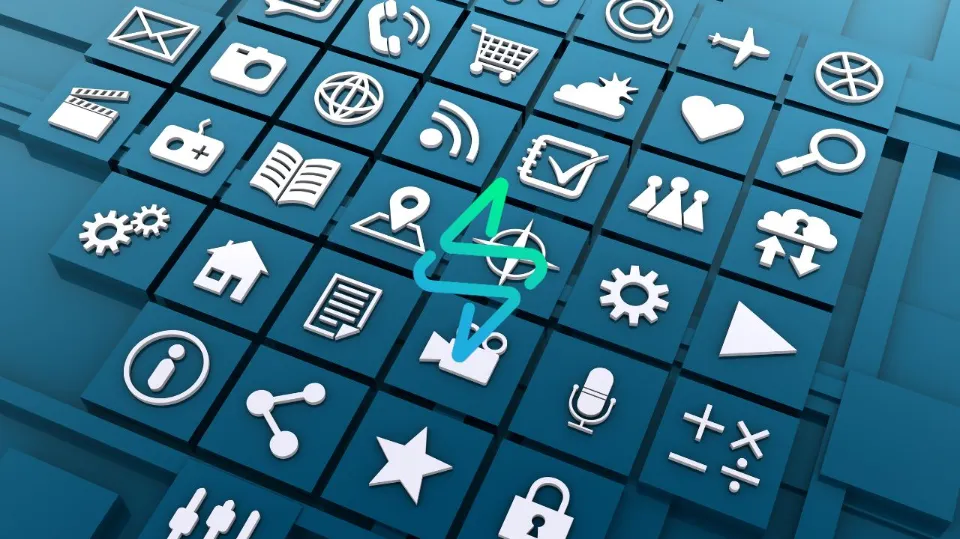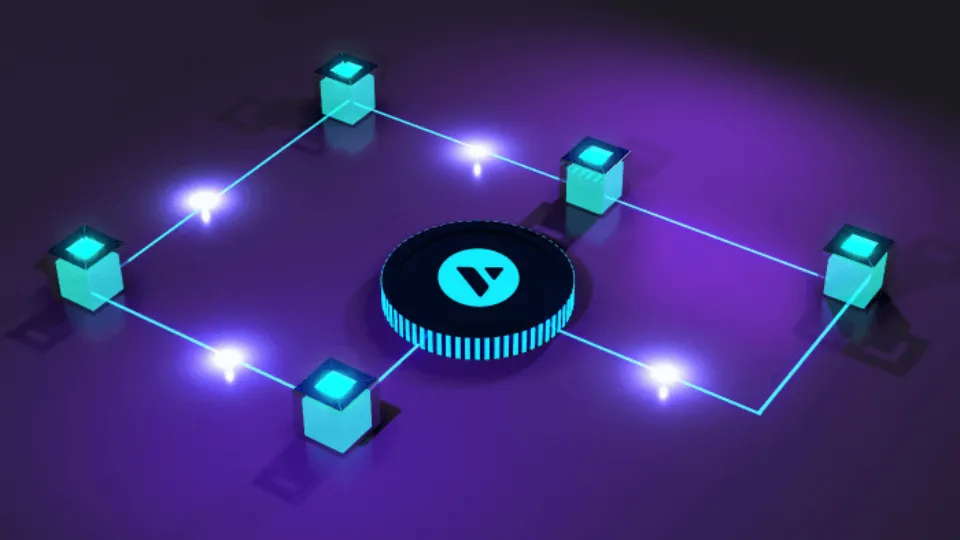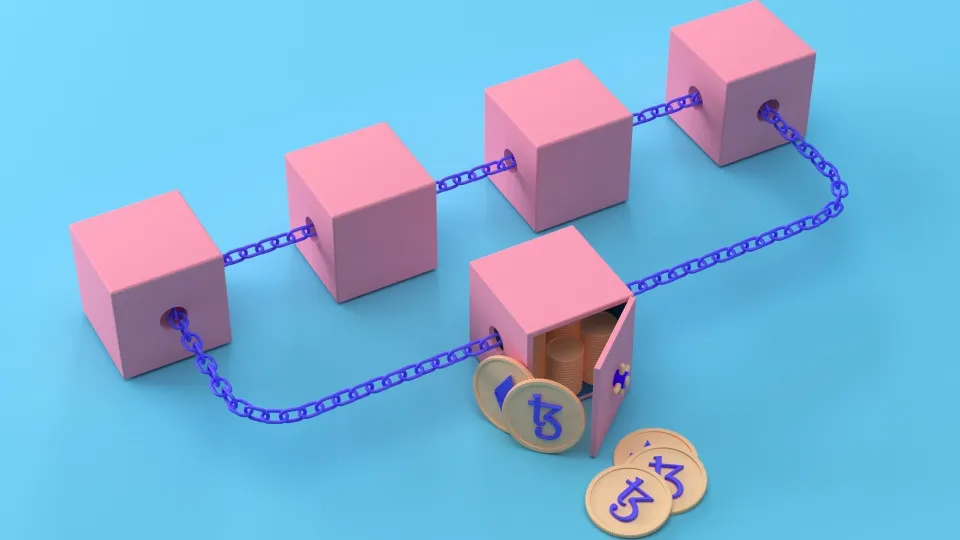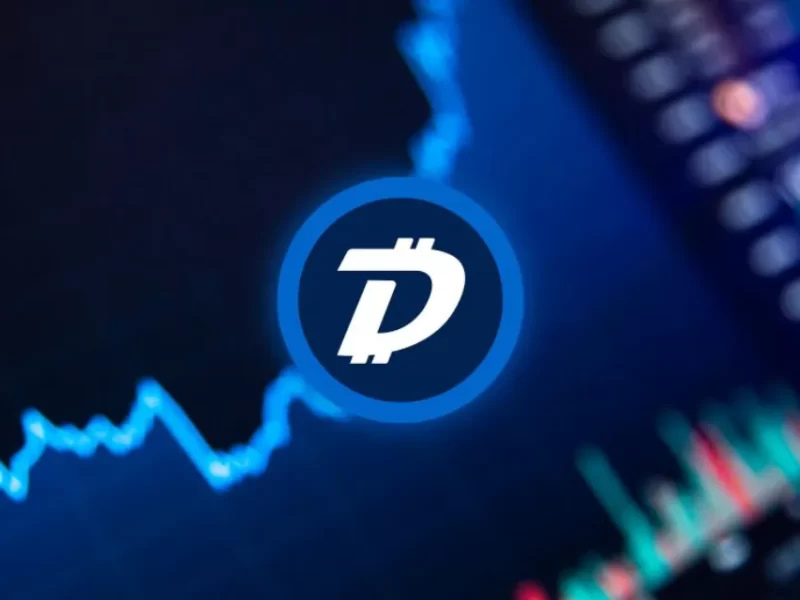The Avalanche crypto ecosystem supports the creation of subnets; let’s examine what a subnet is and how it functions.
A dynamic subset of Avalanche validators make up Avalanche subnets, which are autonomous networks with their own rules.
A subnet is a network that has its own set of rules for membership and token economics. Each validator in a subnet is a subnet.
This is a thorough overview of the topics covered in this series. Please be aware that all of the sample code, command line inputs, and system setups are based on the macOS operating system. Depending on their platform, developers should make the appropriate adjustments.
About AVAX Validator Nodes

The term “node” may be familiar to many readers; nodes are actually AvalancheGo instances, servers, or hosts. Nodes maintain the state of the blockchain(s) and provide API endpoints for users to send transactions and query the blockchain.
Validator nodes and non-validator nodes are the two main categories of nodes on Avalanche. Either of them provides access to avalanche chains for users.
Non-validator nodes do not verify transactions, they are merely an endpoint to access the protocol.
Validator nodes are staked with They take part in the Avalanche transaction verification process using the Snowman consensus model and staking. On the Fuji testnet, there is no minimum stake requirement, whereas on the mainnet it is 2,000 AVAX.
Making your own validator node is the first step in this tutorial, which starts from scratch. There are two main reasons for this:
- A Keystore user is required to create a subnet, and the node administrator has access to both the username and password for this user. Performing this action on your own node is advised (it need not be a validator node).
- In order to begin validating a subnet, the participating validator nodes must be set up and restarted to whitelist the subnet with its subnet ID.
What Are the Avalanche X-chain, P-chain, and C-chain?
Avalanche uses three main blockchains. All Avalanche nodes have access to these three chains because they are all active on the same portion of the main network. It is impossible to have a validator node that is only used for a subnet because validator nodes must always be a part of the main network.
Various APIs can be used to access chains. The functions of each chain vary.
- The P-chain is for platform management. It responds to inquiries about the validator, subnet, and blockchain.
- The C-chain is for contract management. Since it is based on EVM, other EVM protocols’ APIs are nearly identical to its own. It manages smart contract requests and has endpoints for both RPC and WebSocket.
- The exchange of assets takes place on the X-chain. It is the primary trading and asset creation platform for AVAX and NFTs, which is native to Avalanche.
About the AVAX Currency and the Wallet

The native token on Avalanche is called AVAX, and it can be traded and used on all three chains, albeit for various functions.
On the X-chain, AVAX is traded as the primary currency. The transaction fee is set at 0.001 AVAX.
On the P-chain, AVAX is used for validator node staking. A validator node receives AVAX rewards for confirming transactions.
On the C-chain, AVAX is used in smart contracts or to pay for gas. As opposed to the X-chain, the transaction and gas fees are not set. The C-chain address begins with 0x and is styled after an Ethereum address, unlike the X-chain and the P-chain.
In contrast, subnets create their own tokens rather than exchanging AVAX.
Wallets are where AVAX tokens are kept. Three addresses, one for every chain, are stored in each wallet.
Utilizing the official Avalanche wallet, users can easily manage them.
Are Subnets the Future?
While many blockchains have attempted to achieve scalability in their own ways, there hasn’t yet been a clear winner.
A P2E game caused congestion on Polygon, Arbitrum recently went down, and Polkadot Parachains have limited slots.
In order to increase throughput, many scaling solutions compromise one of the three elements of the blockchain trilemma: scalability, security, and decentralization.
Subnets, on the other hand, merely add to the Avalanche Network that already exists. There are numerous use cases that can be enabled by traffic optimization, using a native token for gas, and custom networks. Because of how adaptable subnets are, secure and compliant with regulations blockchains will also be feasible.
The P2E game Crabada and the arbitration protocol Camelot are upcoming projects that will launch their own subnets.
Closing Thoughts

Their prior incentive round, Avalanche Rush, was successful in bringing billions of dollars to their network.
In addition to offering more incentives, the Multiverse round makes use of the knowledge of collaborators like Jump Crypto and Aave.
The effects of the network may result in an equal or greater influx of capital. AVAX gains value when a certain number of staked tokens are required for each blockchain.
Avalanche may end up being the default platform for innovation and organic growth in Web3 if subnets are successful.
FAQs
How Do Subnets Benefit AVAX?
The three-pronged structure, which consists of validators and P-Chain-based subnets, is the main benefit of using AVAX for GameFi. Projects can build their own application-specific blockchains (ASBs) using subnets while avoiding chain-wide disruption. As a result, no single game utilizes the whole network bandwidth.
What is AVAX Subnet?
Because they were inspired by sharding, subnets are Avalanche’s preferred scalability mechanism. Projects can stake $AVAX to create their L1 or L2 blockchains using subnets, or subnetworks. These blockchains are protected by an active team of validators working together to reach a consensus.
What is a Subnet Web3?
Web3 subnets give games full control over their own adaptable blockchain networks without compromising security or decentralization. Web3 games can quickly grow their user base, customize the rules for their blockchain, and concentrate on the gameplay.
How Much AVAX Does It Take to Run a Subnet?
Validators are required for subnets, and they must each have a minimum of 2000 AVAX. In addition, more Subnets will create network effects on the Avalanche ecosystem.



